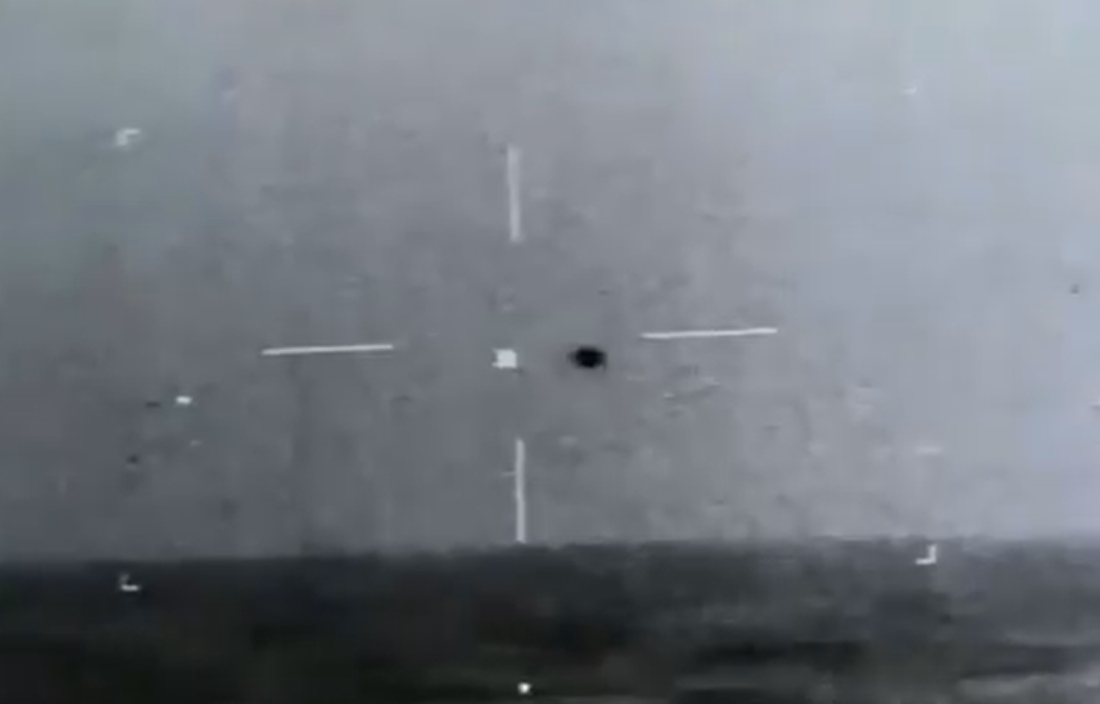
Advertisement
The Search for Extraterrestrial Intelligence Institute (SETI) has recently launched a $100,000 funding campaign through Indiegogo designed to survey the entire sky in search of possible signals from advanced alien civilizations. Tagged as the Laser SETI, the initiative’s goal is to develop a world-wide network of specialized cameras that will enable researchers to detect alien signals in less than than a millisecond.
According to experts, today’s current techniques in detecting alien signals are similar to using tweezers to find a needle in a haystack as studies are limited to observing only one star system at a time. The experts hope to develop the first two cameras that would enable them to localize target signals and validate their algorithm and distribution.
“Powerful lasers for signalling could be built by any advanced society. They could use them to propel their spacecraft. And the thing is, that brief flashes of light shorter than the blink of an eye could be in our skies right now and we wouldn’t know it,” says Dr. Jill Tarter, Bernard M. Oliver Chair for SETI.
“Until now, SETI experiments (Search for Extraterrestrial Intelligence), whether listening for a radio transmitter or searching for a high-powered laser, have assumed that ET is on-the-air all the time, so that wherever the instrument is pointed, the signal will be there. Laser SETI is the first experiment to circumvent this assumption. Laser SETI could find a very short ping from anywhere in the night sky. Indeed, it could detect a laser flash as short as a millisecond or less; and one that might not repeat for days, weeks, or even longer. Or ever,” the project’s page reads.

How Laser SETI will work
According to the research team, the new technology is set to use astronomy-grade cameras with a large field of view. The Laser SETI is also slated to feature a specialized processing system that would enable researchers to read out the camera more than 1,000 times per second. Likewise, the system is expected to use a technique called slit-less spectroscopy. The technique involves specialized transmission grating to differentiate the target light from other sources.
Eliot Gillum, Director Optical at SETI, said the technology’s use of novel optics and specialized processing techniques can even advance off-the-shelf hardware to in order reduce cost all while simultaneously detecting pulses in less than a millisecond. Using the cameras throughout the globe will enable scientists to constantly keep track of the entire night sky for the first time, Gillum added.
Experts said that two full observatories could be established should the campaign raise as much as $510,000. The scientists hope to eventually shift to large-scale production to facilitate the development of a global network. This, in turn, will allow the cameras to monitor the sky in all directions at once. According to the researchers, each observatory will benefit from these devices.
The experts also noted that setting up six to eight observing stations across the globe will enable the scientists to continuously monitor both hemispheres of the night sky. This may provide up to 200,000 times the coverage of earlier projects, the SETI research team noted. (Related: Aerospace Company Founder Says Extraterrestrials Are Already HERE On Earth.)
Sources include:
Submit a correction >>
This article may contain statements that reflect the opinion of the author
Advertisement
Advertisements















